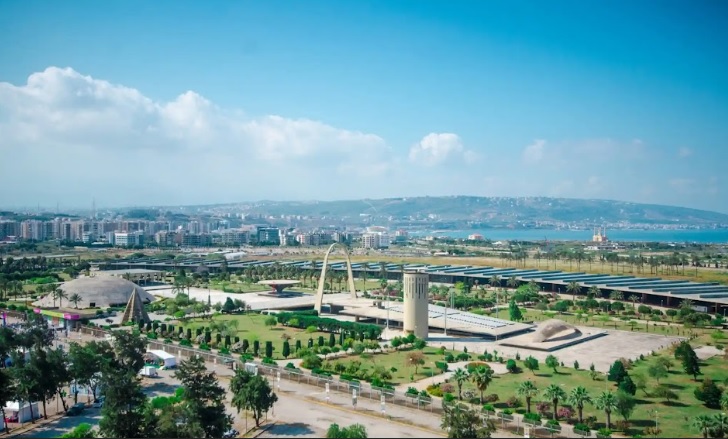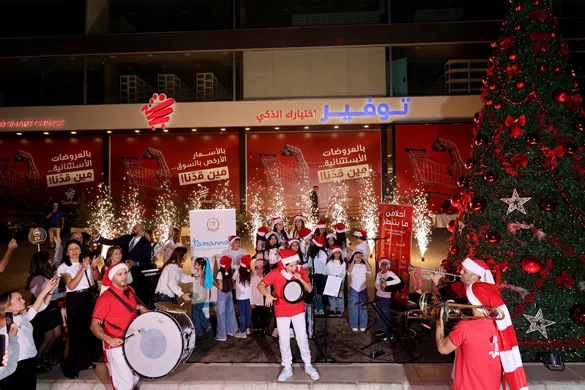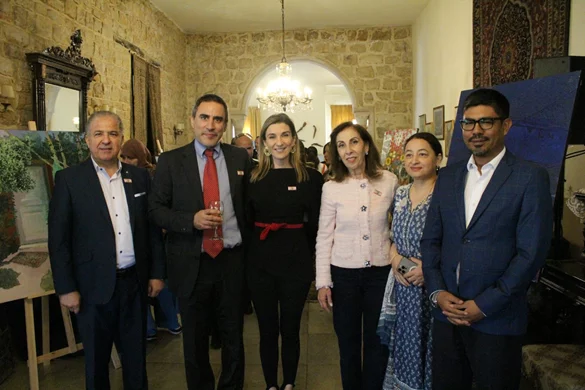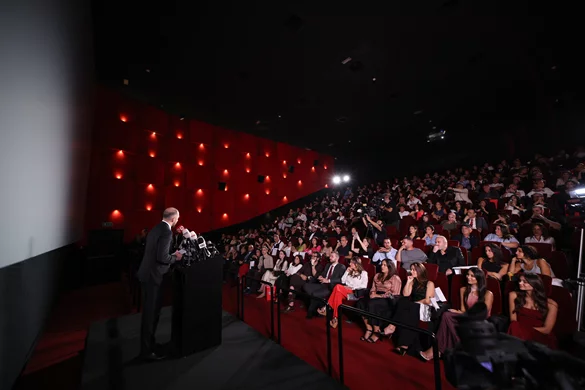Uncovering the Hidden Gems of Tripoli
Tripoli, located in the north of Lebanon, is one of the country's oldest and most vibrant cities, with a rich cultural heritage and stunning architecture. While many tourists visit Lebanon's more well-known cities, such as Beirut or Byblos, Tripoli remains a hidden gem that is waiting to be discovered. In this blog post, we will uncover some of the hidden gems of Tripoli that visitors shouldn’t miss.
Al Mina Archaeological Site:
The Al Mina Archaeological Site is an ancient Phoenician city that dates back to the 14th century BC. Visitors can explore the site's ruins and learn about its history, which includes periods of rule by the Phoenicians, Greeks, and Romans. The site also features a small museum that displays artifacts found on the site.
Hammam Al Abed:
Hammam Al Abed is a traditional hammam, or public bathhouse, that dates back to the Ottoman era. The hammam's stunning architecture features intricate mosaics and marble floors. Visitors can experience traditional hammam treatments and relax in the hammam's hot pools.
The Soap Khan:
The Soap Khan, or soap market, is a historic building that dates back to the 14th century. The market was once a center for soap production and trade in Tripoli, and today it houses a museum dedicated to the history of soap making in Lebanon. Visitors can learn about the traditional soap making process and purchase handmade soap bars with a variety of different scents from local artisans.
Citadel of Raymond de Saint-Gilles
Saint Gilles Castle, Qala'at Tarablus in Arabic, is a historic fortress that dates back to the 12th century. The castle was built by the Crusaders and served as a center for military operations during the Crusades. Today, visitors can explore the castle's ruins and enjoy stunning views of the city and the Mediterranean Sea.
Tripoli Souks:
The Tripoli Souks are a network of narrow streets and alleys that are lined with traditional shops and markets. Visitors can explore the souks and discover traditional Lebanese handicrafts, including pottery, weaving, and metalwork. The souks also feature numerous restaurants and cafes where visitors can enjoy traditional Lebanese cuisine and Tripoli specialties like seafood or Moghrabiyeh sandwiches.
Mina Port:
Mina Port is Tripoli's historic port, which dates back to the Phoenician era. Visitors can stroll along the port's waterfront and enjoy stunning views of the Mediterranean Sea. The port also features a fish market where visitors can purchase fresh seafood.
Al Taybeh Mosque:
Al Taybeh Mosque is one of Tripoli's oldest and most significant mosques, dating back to the 14th century. The mosque's stunning architecture features intricate mosaics and marble columns. Visitors can explore the mosque and learn about its history and significance in the Islamic world.
Tripoli is a stunning city that offers visitors a unique glimpse into Lebanon's rich cultural heritage and impressive architecture. From ancient ruins and historic forts to traditional hammams and bustling souks, Tripoli has something for everyone. Be sure to add these hidden gems to your itinerary when visiting Tripoli, and discover the magic of this beautiful city.







.webp)

















